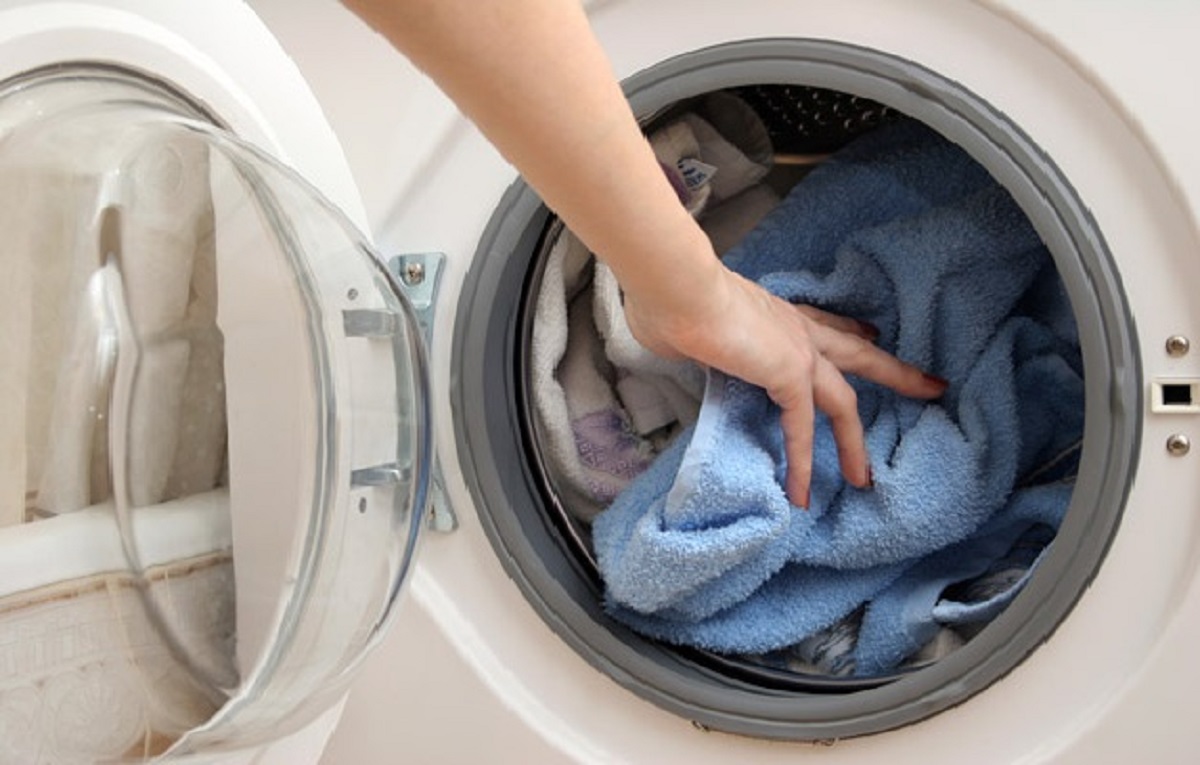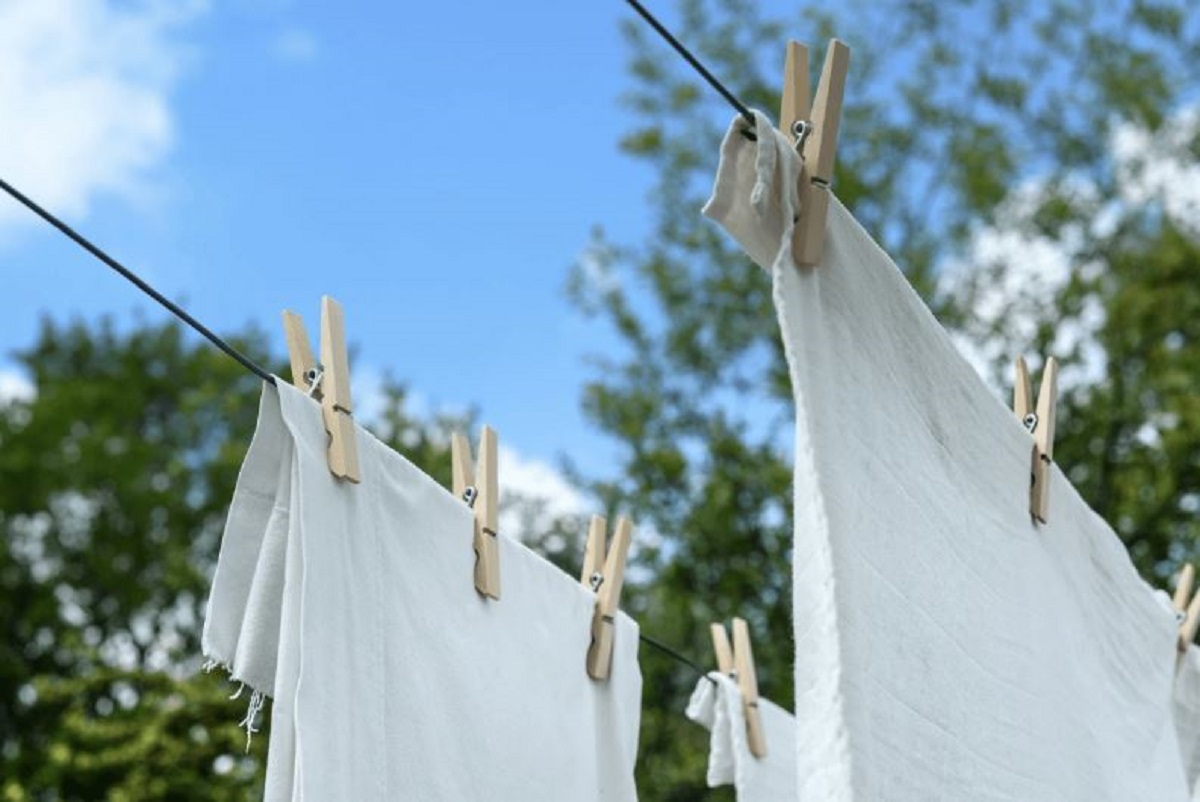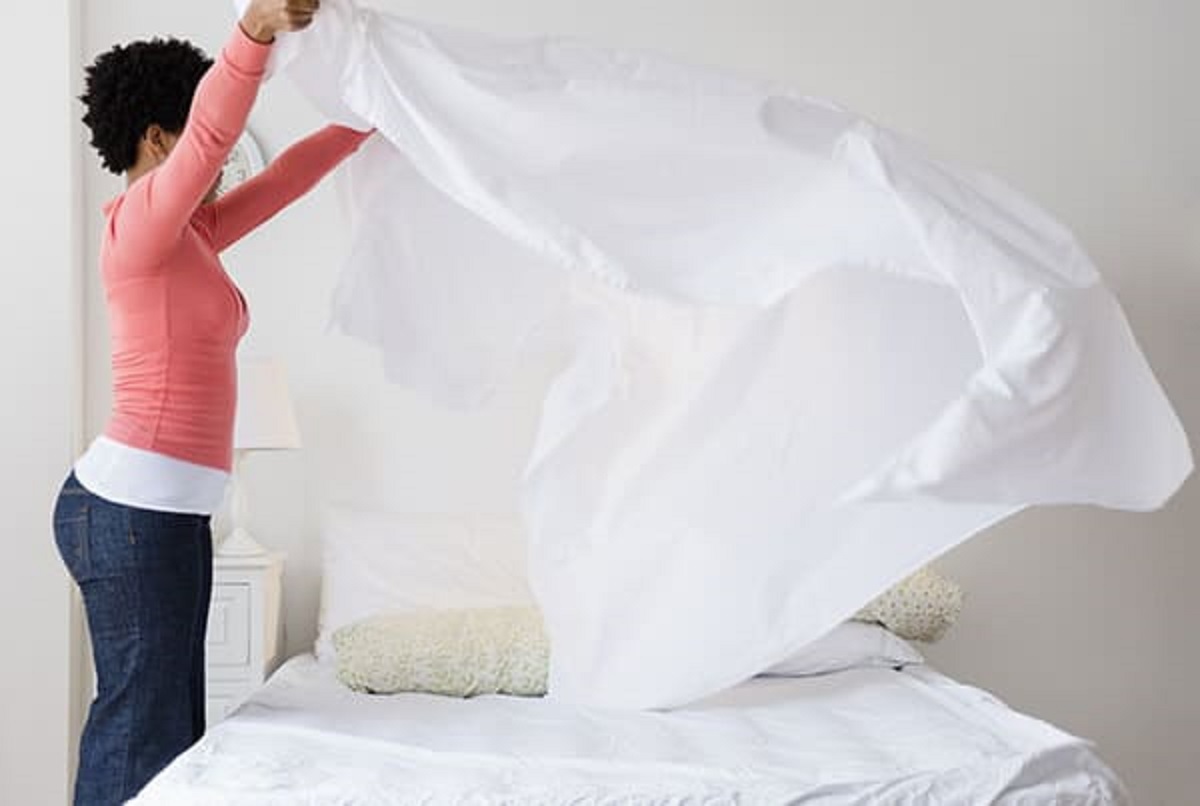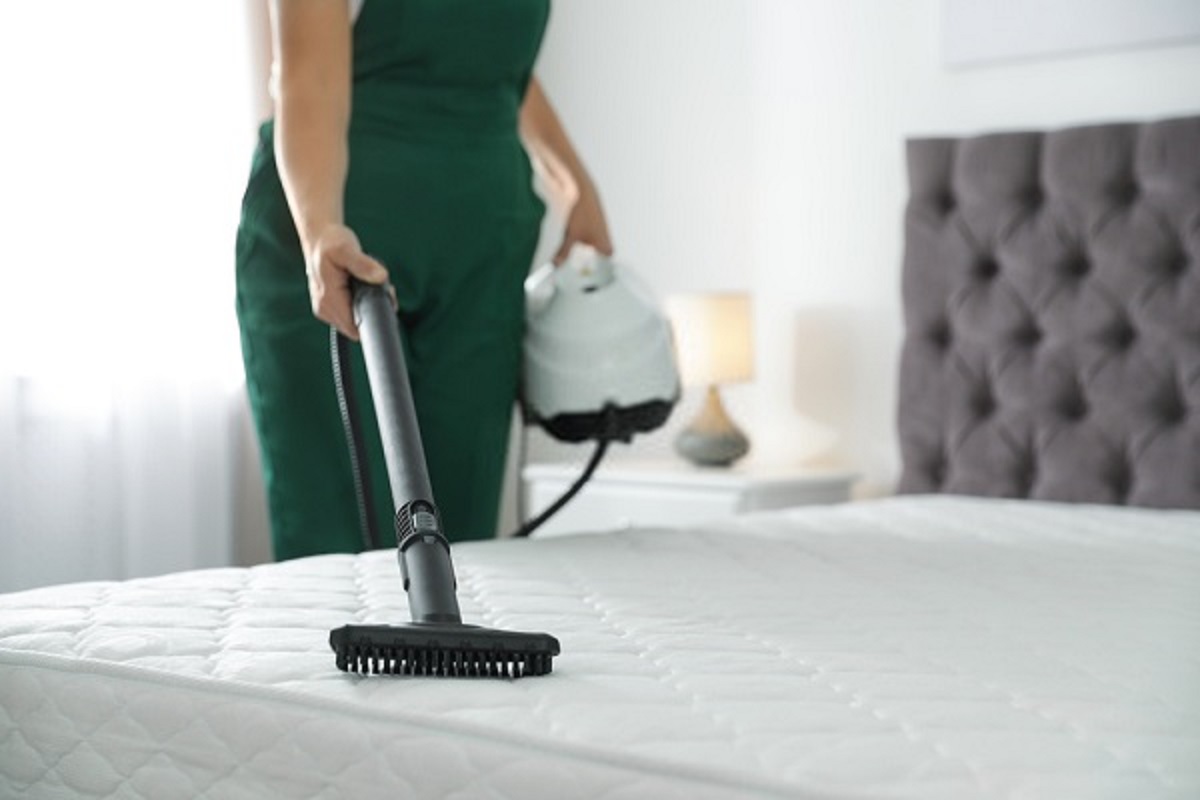Caring for Your Bedding
1. Thoroughly Wash Your Bedding
Before storing away your bedding, it’s imperative to give it a thorough clean. This will help remove any dust or allergens that may have accumulated over the past winter months. Machine-wash the pillow and duvet covers, while the fillings can be air-dried.

If you have a large comforter or a filling that can’t be separated, wash them in the machine with a mild detergent. Then, wash with hot water to eliminate dirt, bacteria, and odors. Finally, air-dry the comforter as usual after washing.
2. Sun-Dry Your Bedding
After washing the covers, sun-dry them along with the fillings. Sunlight will help eliminate any lingering odors and bacteria, leaving your bedding fresh and clean.

3. Fold and Store Properly
Once your bedding is dry and clean, fold it neatly to prevent excessive deformation during storage. This will also help retain the fresh scent from washing for a longer period.

4. Store in Airtight Bags
To protect your bedding from dust and insects, store them in airtight bags. Avoid using non-vacuum plastic bags as they can trap moisture, leading to mold formation. Opt for fabric storage bags or vacuum-sealed bags instead.

5. Choose a Suitable Storage Location
When storing your bedding, select a dry and cool area, away from direct sunlight. A closet or a storage box under the bed are ideal choices. Avoid damp environments to prevent mold and bacteria from forming, causing an unpleasant odor.

6. Regularly Inspect Your Storage Bags
It’s advisable to inspect your bedding storage bags monthly. While this may seem overly cautious, it ensures that your bedding remains in good condition and hasn’t been infested by insects. This way, you’ll have fresh and clean bedding ready for the upcoming winter.
Mattress Care
Along with bedding, mattresses also require cleaning and proper storage during the summer. However, different types of mattresses, such as spring, latex, or compressed cotton mattresses, have distinct care requirements. Nonetheless, the following general steps can be applied.
1. Clean Your Mattress
For all types of mattresses, the outer covers can be washed similarly to pillow and duvet covers. Then, use a vacuum cleaner to remove any remaining dust and dirt before proceeding to clean the rest of the mattress. If the vacuum fails to eliminate all the dirt, take the mattress outdoors and gently beat it on both sides with a stick. This will dislodge any remaining dust, which can then be vacuumed away. This method is suitable for all mattress types.

In case the mattress surface has stubborn stains, you can use a mild and safe detergent or a mixture of baking soda, vinegar, and hot water to clean it effectively. Finally, air-dry the mattress after cleaning.
2. Sun-Dry Your Mattress
After thoroughly cleaning and removing dust from your mattress, sun-dry it completely. This will prevent the accumulation of odors and moisture. However, not all mattresses can be exposed to direct sunlight. Latex and spring mattresses should only be dried in well-ventilated areas, away from direct sunlight, to avoid damaging their structure.

3. Store Your Mattress in a Bag
Once your mattress is completely dry, store it in a bag. Use thick plastic bags or breathable plastic mattress covers. This will protect the mattress during storage and prevent insect infestations and mold. As a result, your mattress will remain clean and odor-free for future use.

4. Choose a Suitable Storage Location
Similar to bedding, mattresses should be stored in cool, dry, and non-humid places. This ensures that your mattress remains clean, safe, and free from unpleasant odors.
5. Regularly Inspect Your Mattress Bag
Occasionally check your mattress storage bag to ensure it hasn’t been infested by insects or affected by moisture.
Additional Tips for Bedding and Mattress Care
Here are some extra considerations for cleaning and storing your bedding and mattresses during the summer:
– If your pillow, duvet, or mattress covers have stubborn stains, avoid washing them with cold water. Instead, use hot water, ensuring that the temperature is suitable for the fabric.
– Sun-drying your bedding and mattresses every 2-3 months is an effective way to eliminate odors and moisture. However, direct sunlight is not suitable for all types of mattresses.
– For large comforters that don’t fit in your washing machine, opt for hand-washing using a detergent that effectively removes stains without damaging the fabric.
– When drying your bedding and mattresses, store them in plastic bags, vacuum-sealed bags, or thick and sturdy bags to prevent moisture and insect infestations.
The Ancient’s Wisdom: “Fill These 4 Spaces to Bring Harmony to Your Home”
To maximize the entry, we can install a combination of closed and open cabinets here. This way, we create a functional and aesthetically pleasing space that welcomes guests and showcases our unique style. The closed cabinets offer a discreet way to store essentials, while the open shelves display our favorite decorative pieces, creating a warm and inviting ambiance. This clever combination of storage and display options transforms the entry into a practical and captivating gateway to our home.
The Ultimate Guide to Storing Garlic: No Sprouts, No Softness, for Months
Introducing the ultimate guide to preserving the value of your garlic and onions: with a few simple tips, you can ensure these kitchen staples remain in top condition. Sprouting or shriveling garlic and onions are a thing of the past with these easy-to-follow steps. It’s time to elevate your culinary game and make the most of these flavor-packed ingredients.



































